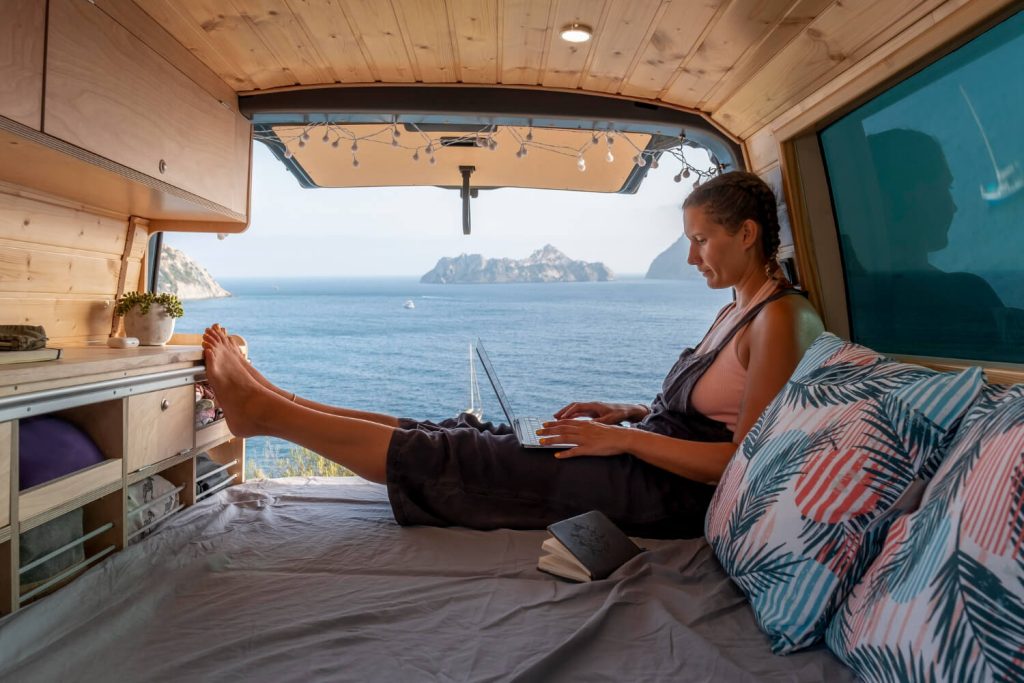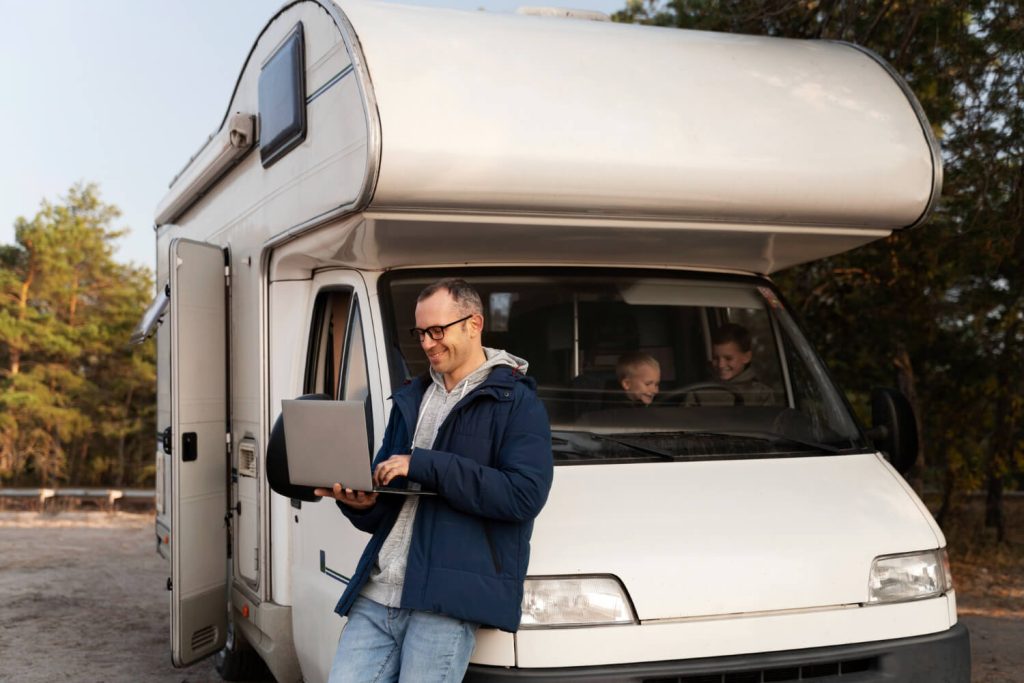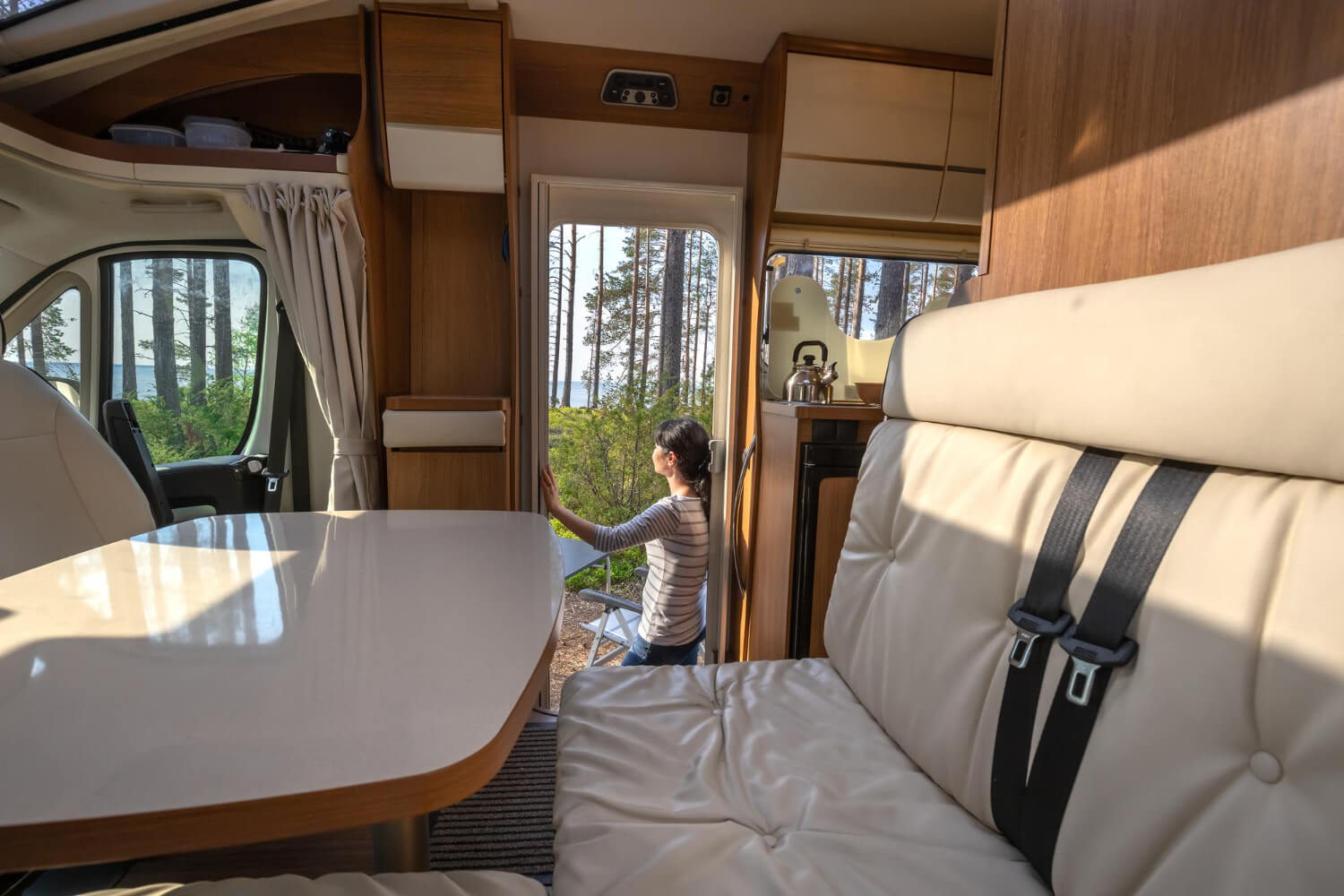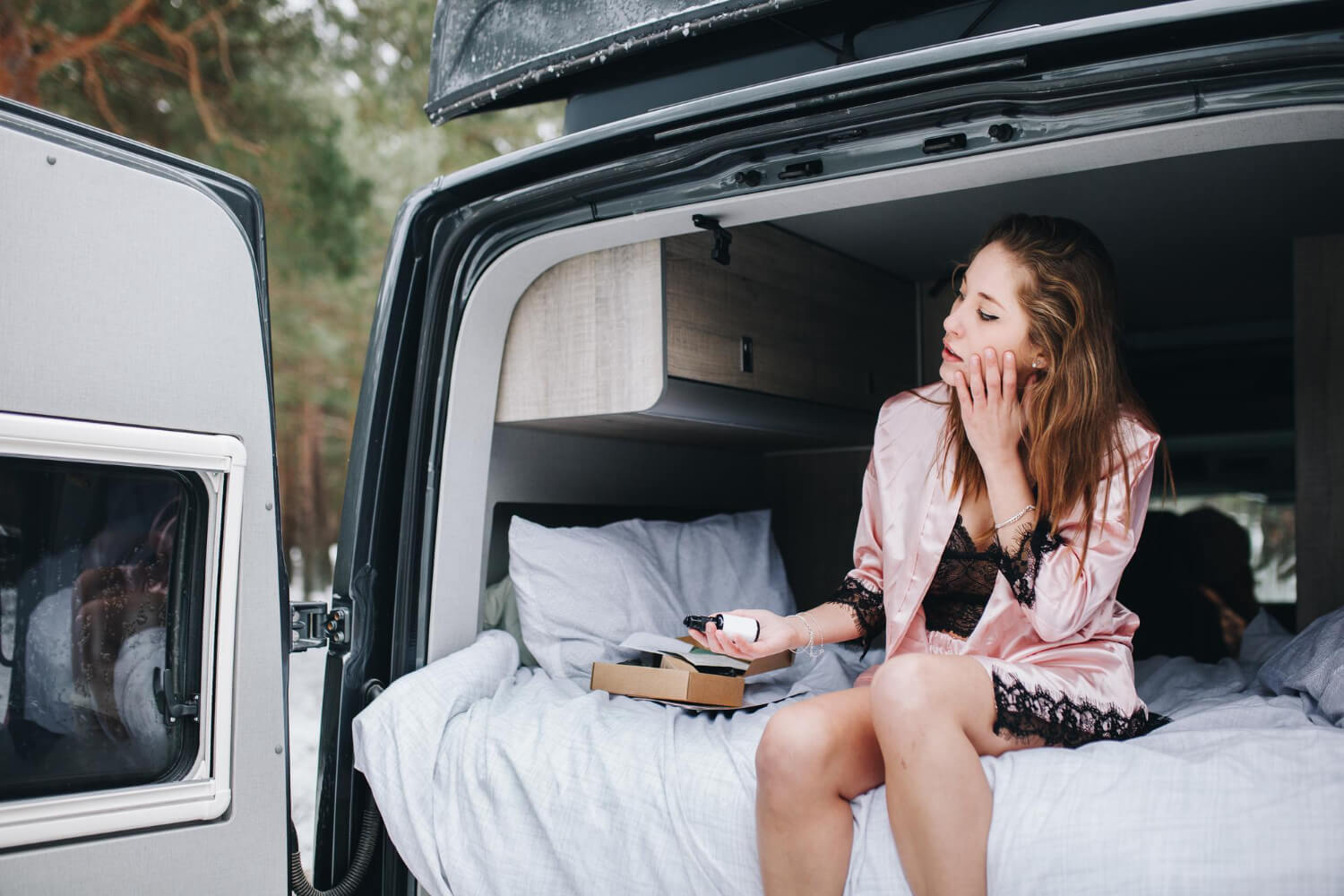Are you dreaming of hitting the open road and exploring the world on your own terms? Converting a van into a comfortable RV might be the perfect solution for you. This DIY project allows you to create a custom living space tailored to your needs while offering the freedom to travel wherever your heart desires. In this guide, we’ll walk you through the essential steps to transform your ordinary van into a cozy home on wheels.
1. Choose the Right Van
Before diving into the conversion process, it’s crucial to select the right van for your needs. Consider factors such as:
- Size: Ensure it’s spacious enough for your planned layout but not too large to maneuver easily.
- Condition: Look for a mechanically sound vehicle to avoid costly repairs down the road.
- Ceiling height: Higher roofs provide more headroom and comfort.
- Budget: Balance your desired features with your financial constraints.
Popular choices include the Ford Transit, Mercedes-Benz Sprinter, and Ram ProMaster.
2. Plan Your Layout
Designing your van’s interior is one of the most exciting parts of the conversion process. Consider the following elements:
- Sleeping area: Will you opt for a fixed bed or a convertible sofa bed?
- Kitchen: Determine the size and appliances you’ll need (e.g., stove, sink, refrigerator).
- Storage: Plan for ample storage solutions to maximize space.
- Bathroom: Decide if you want a full bathroom, a portable toilet, or neither.
- Seating area: Include a comfortable space for relaxing and dining.
Use graph paper or digital design tools to create a scaled floor plan before starting the build.
3. Insulate and Sound-Proof
Proper insulation is crucial for maintaining a comfortable temperature and reducing road noise. Follow these steps:
- Remove the van’s interior panels.
- Install a vapor barrier to prevent moisture buildup.
- Add insulation materials such as sheep’s wool, recycled denim, or foam boards.
- Consider using sound-deadening materials on the floor and walls.
4. Install Electrical System
A reliable electrical system is the backbone of your van life experience. Key components include:
- Deep-cycle batteries
- Solar panels and charge controller
- Inverter for AC power
- Fuse box and wiring
- LED lighting
If you’re not confident in your electrical skills, consider hiring a professional for this step to ensure safety and functionality.
5. Add Plumbing (Optional)

If you’ve decided to include a sink or shower, you’ll need to install a basic plumbing system:
- Fresh water tank
- Grey water tank
- Water pump
- Pipes and fittings
- Sink and faucet
Remember to include easy access points for filling and emptying your water tanks.
6. Build Your Furniture
Custom-built furniture allows you to maximize space efficiency. Consider using lightweight materials like plywood to keep the overall weight down. Key pieces might include:
- Bed frame with storage underneath
- Kitchen cabinets and countertop
- Fold-down table
- Bench seating with hidden storage
Use screws and brackets to secure everything firmly, ensuring safety while driving.
7. Install Flooring
Durable, easy-to-clean flooring is essential for van life. Options include:
- Vinyl planks
- Laminate
- Cork
- Rubber mats
Choose a material that can withstand temperature changes and frequent use.
8. Add Finishing Touches
Now it’s time to make your van feel like home:
- Install curtains or blinds for privacy
- Add cushions and bedding for comfort
- Incorporate personal touches like artwork or plants
- Install a roof vent or fan for air circulation
- Consider a small propane or electric heater for colder climates
9. Safety Considerations
Don’t forget to prioritize safety in your build:
- Install smoke and carbon monoxide detectors
- Keep a fire extinguisher easily accessible
- Ensure all items are securely fastened while driving
- Include a well-stocked first aid kit
10. Legal Considerations

Before hitting the road, research the legal requirements for your area:
- Check if your conversion needs to be inspected or certified
- Ensure your insurance covers your converted van
- Familiarize yourself with local laws regarding overnight parking and camping
Conclusion
Converting a van into a comfortable RV is a rewarding project that opens up a world of adventure. While it requires time, effort, and careful planning, the result is a unique, personalized space that allows you to embrace the freedom of the open road. Remember to take your time, do thorough research, and don’t be afraid to ask for help when needed. With patience and creativity, you’ll soon be embarking on the journey of a lifetime in your very own home on wheels. Happy travels!



